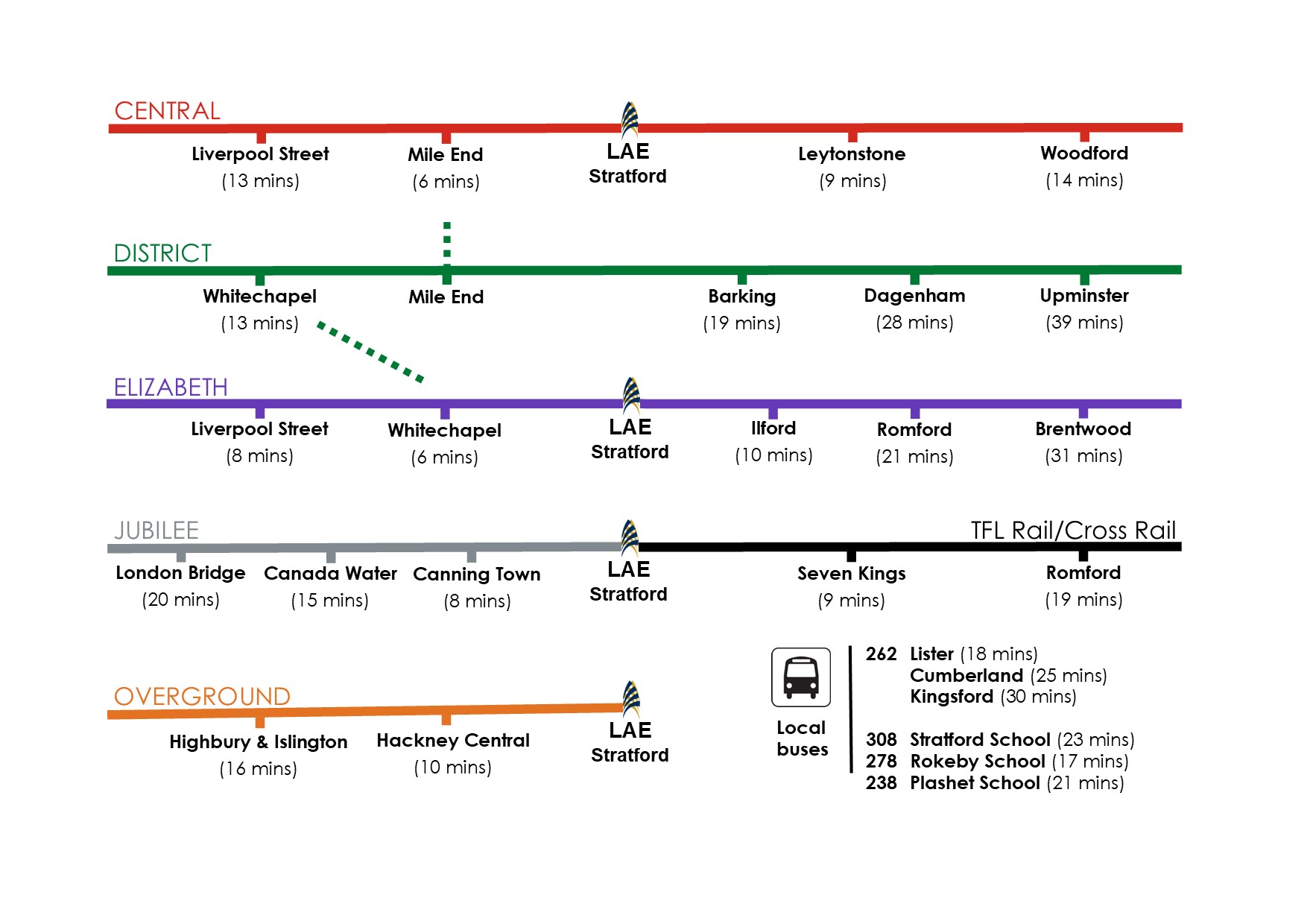 Posted on: 23/10/2025
Posted on: 23/10/2025News
Students Visit Auschwitz-Birkenau
 Recently, four of our students were given the opportunity to fly to Krakow, Poland, in order to expand our understanding on the atrocities that occurred during the Holocaust in Second World War.
Recently, four of our students were given the opportunity to fly to Krakow, Poland, in order to expand our understanding on the atrocities that occurred during the Holocaust in Second World War.
First, in the town of Oświęcim (where, originally, 58% of the population were Jewish, down to 0% by the end of the war) we stopped at a Jewish cemetery where we were shocked to discover that no human remains were buried there, but rather only the tomb stones that were initially removed when the Nazis destroyed this sacred area. We were also taught of the significance of the symbols and emblems that marked the graves in Judaism.
We then travelled by coach to the first concentration camp: Auschwitz I. It was primarily used as a concentration camp for political prisoners, intellectuals, and resistance members, mainly from Poland. Over time, it became a site of forced labour and executions, including mass killings by shooting and gassing. We witnessed the perversities firsthand, including images of starved prisoners; the mountains of luggage, shoes, and even hair that were stripped from the victims; as well as plaques describing specific methods that were utilised by the Nazi officers to dehumanise and obliterate the Jewish population. Of the six million that were murdered during this genocide, one room containing a book of 4.5 million names of the victims highlighted just how many individuals’ lives were taken from them, due to racial discrimination, as this hatred was beyond the religion of Judaism, but more so their ethnic group. Being able to humanise these victims instead of referring to them through statistics, heightened our comprehension of the sickening events.
We then took the coach to Auschwitz-Birkenau, which was the largest of the Nazi concentration and death camps. During its operation from 1940-1945, 900,000 out of 1.1 million prisoners were killed. After being transported in cattle cars in horrific conditions for up to days or even weeks at a time, on arrival they were examined, those that deemed ‘fit’ to work were forced into labour while the rest were killed.
Walking through the same grounds where hundreds of thousands of lives were extinguished, I felt a profound connection to my own Jewish heritage, and a solemn responsibility to remember and share their stories. Despite being overwhelmed by the sheer scale of cruelty my ancestors endured, I was deeply moved by their resilience in the face of unimaginable suffering, which was expanded on by Rabbi Epstein, in the memorial hosted after we had visited both camps, before returning to the airport.
The overall experience highlighted how, especially during this time of conflict, hatred and division can escalate to unforgivable extents. We must not allow history to repeat itself, and this can only be done through truly understanding the extent of the horrors that took place. By honouring the memories of those who perished, we commit to standing against hatred, intolerance, and injustice in all its forms, ensuring that future generations never forget the lessons of the past.
- Naya, Year 13
















